Why is Fungus Growing in My House?
Discovering fungus growing in your house can be concerning.
It not only raises concerns about the cleanliness of your living space but also prompts questions about potential health risks.
In this article, we’ll explain exactly why fungus is growing in your house, exploring the reasons behind its growth, effective methods for removal, preventive measures, and the potential dangers it may pose.
Let’s help you unravel the mysteries of why fungus might be making itself at home in your living space.
Article Chapters
What is Fungus?

Fungus, in simple terms, is a type of organism that includes mushrooms, moulds, and yeasts.
Unlike plants, fungi don’t engage in photosynthesis to generate their own food.
Instead, they exhibit a distinct feeding mechanism, thriving by decomposing organic matter in their environment.
This decomposition process allows fungi to absorb essential nutrients for their sustenance.
What sets fungi apart is their remarkable versatility and resilience in adapting to various conditions.
Additionally, their reproductive strategy involves the dispersal of spores, facilitating their widespread presence and contributing to their adaptability.
This unique combination of feeding mechanisms and reproductive strategies makes fungi a difficult pest to deal with.
Why is Fungus Growing in My House?
Several factors contribute to the growth of fungus within the confines of your home.
Understanding these factors is crucial for effectively removing them.
Common reasons include:
Excess Moisture

Excess moisture is a primary catalyst for the proliferation of fungus, creating an ideal breeding ground for these organisms.
Issues such as leaky roofs, flooded basements, plumbing problems, or elevated humidity levels contribute to the dampness that fungi thrive in.
The accumulation of moisture, if left unaddressed, provides the necessary conditions for fungal growth to take hold.
Poor Ventilation
Poor ventilation exacerbates the problem by trapping moisture indoors.
Inadequate airflow prevents the efficient removal of damp air, creating stagnant conditions that foster the development of fungus.
This lack of ventilation becomes particularly problematic on walls, ceilings, and other surfaces where trapped moisture becomes a breeding ground for fungal colonies.
Warmth
Warmth, coupled with moisture, serves as another significant factor driving fungal growth.
Fungi thrive in warm temperatures, and when combined with dampness, this creates an environment where fungal spores can germinate and multiply rapidly.
Hidden corners or areas behind furniture are especially susceptible to such conditions.
Organic Material
The Presence of organic material further intensifies the likelihood of fungal infestations.
Fungi feed on organic matter such as wood, paper, or fabric, using these materials as a nutrient source for their growth.
The abundance of such materials within your home offers a readily available food source, attracting and sustaining fungal colonies.
Dark Spaces
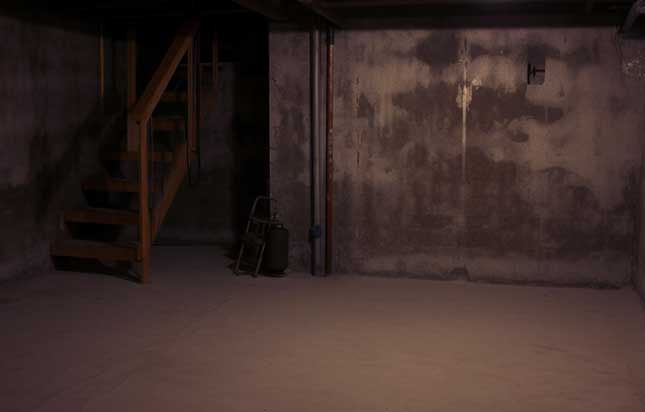
Dark spaces, deprived of sunlight, create conditions conducive to fungal growth.
The absence of natural light in certain areas of your house contributes to the formation of damp, undisturbed spaces that fungi find particularly inviting.
These dark and neglected corners become hotspots for fungal infestations, underscoring the importance of addressing both moisture and darkness in preventing the growth of fungus within your living space.
How to Remove Fungus Growing in My House
Effective removal of fungus involves a thorough approach.
Here are the steps to remove fungus growing in your house:
Identify the Source
Begin by pinpointing the source of excess moisture or dampness, as addressing this root cause is paramount.
Whether it’s a leaky roof, poor ventilation, or prolonged rising damp, identifying and rectifying these issues is the first step in combating fungal growth.
This may involve patching leaks, improving airflow through enhanced ventilation systems, or utilising dehumidifiers to maintain optimal humidity levels.
Clean and Disinfect
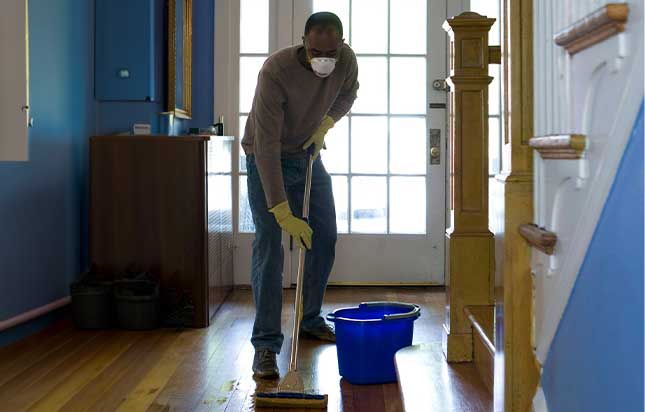
Once the source of moisture is addressed, focus on cleaning and disinfecting affected areas.
Remove visible fungus using appropriate cleaning agents, ensuring thoroughness in the process.
Disinfecting these areas is crucial to eliminate any remaining spores and prevent the regrowth of fungal colonies.
Replace Damaged Materials
Assess the extent of damage caused by the fungus.
If structural elements or household items have been compromised, consider replacing them.
This proactive measure not only removes the existing fungal habitat but also prevents the recurrence of infestations.
Use Fungicides
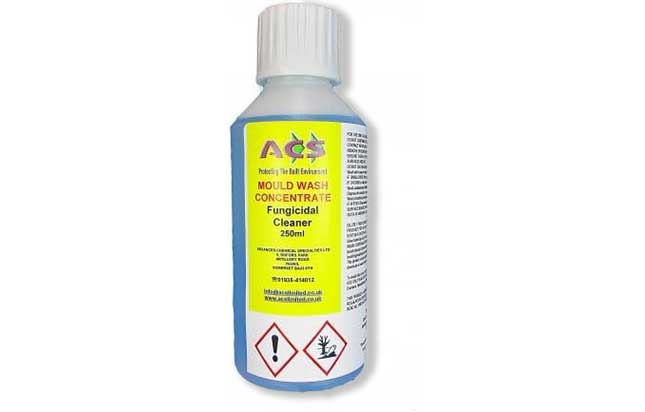
Source: Amazon
In severe cases where fungal colonies prove stubborn, the application of fungicides becomes a viable option.
Fungicides are chemical substances designed to eliminate fungi, and their usage should adhere strictly to product instructions and safety guidelines.
Applying fungicides is effective in eradicating persistent fungal growth.
Professional Help
For extensive or persistent infestations beyond the scope of DIY solutions, seek the expertise of professional mould remediation services.
These professionals possess the knowledge, experience, and specialised tools necessary to address complex cases.
Their intervention ensures a comprehensive approach, thorough removal, and preventive measures to safeguard against future fungal issues.
How to Prevent Fungus Growing in My House
Preventing the recurrence of fungus is as crucial as removing it.
Here are the best preventive measures:
Maintain Optimal Humidity
One of the key strategies in preventing fungal growth is to keep optimal indoor humidity levels within the range of 30-50%.
Excess humidity provides a conducive environment for fungi to thrive.
Utilise dehumidifiers when necessary to regulate humidity and create an inhospitable atmosphere for fungal colonisation.
Ventilate Properly
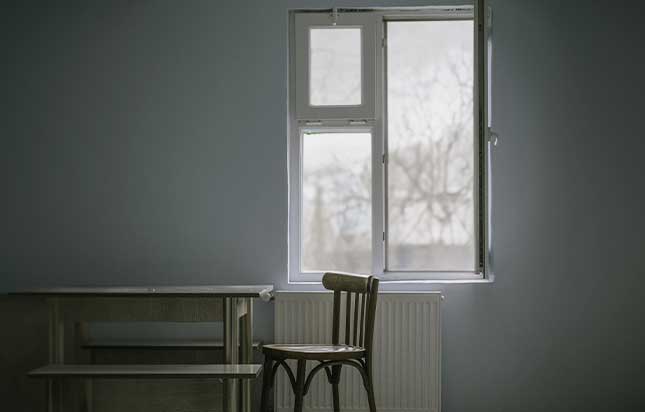
Proper ventilation is instrumental in preventing the buildup of moisture, especially in areas prone to dampness like bathrooms and kitchens.
Ensure these spaces are well-ventilated using exhaust fans or by opening windows to promote air circulation.
Adequate airflow inhibits the conditions that fungi require to flourish.
Regular Cleaning
Regular cleaning routines play a vital role in eliminating spores and preventing the accumulation of organic matter that serves as a food source for fungi.
Dusting surfaces, vacuuming, and cleaning areas prone to moisture contribute to creating an environment less favourable for fungal growth.
Fix Leaks Promptly
Addressing leaks promptly is a crucial step in preventing the accumulation of excess moisture.
Leaky roofs, pipes, or appliances can introduce moisture into your home, leading to penetrating damp and creating an environment conducive to fungal colonisation.
Swift action to repair these issues eliminates a key factor supporting fungal growth.
Sunlight Exposure
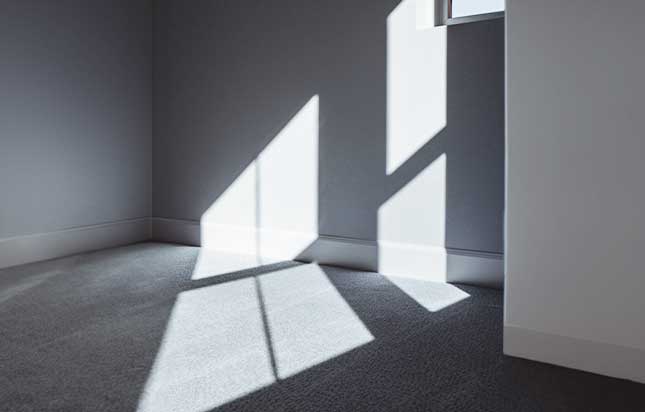
Allowing natural sunlight into your home is a simple yet effective strategy.
Keep curtains open during the day to expose areas to sunlight.
Sunlight not only inhibits fungal growth directly but also provides a natural disinfectant effect, helping to keep surfaces less hospitable to fungi.
Is Fungus Growing in My House Dangerous?
Understanding the potential dangers associated with the presence of fungus in your house is crucial for safeguarding your health and well-being.
While not all household fungi pose immediate threats, certain varieties have the capacity to produce mycotoxins, which can lead to health issues.
These mycotoxins, when inhaled or come into contact with the skin, may cause respiratory problems, allergic reactions, or skin irritations.
Individuals with compromised immune systems, pre-existing allergies, or respiratory conditions are particularly vulnerable to the adverse effects of dangerous fungi.
For these individuals, exposure to mycotoxins can exacerbate existing health conditions and lead to more severe complications.
Act Quickly
Immediate action is imperative if you suspect the presence of dangerous fungi in your home.
Swift identification and remediation of the issue, along with seeking professional assistance when necessary, are paramount.
Addressing the underlying causes of fungal growth, implementing effective removal methods, and taking preventive measures can significantly mitigate the potential dangers associated with fungi in your living environment.
Prioritising the health of your home by addressing fungal issues promptly ensures a safer and more comfortable living space for you and your family.
Types of Fungus That can Grow in My House
Understanding the types of fungi that can potentially grow in your house is essential for effective identification and targeted remediation.
Several common varieties may manifest under different conditions:
Mould
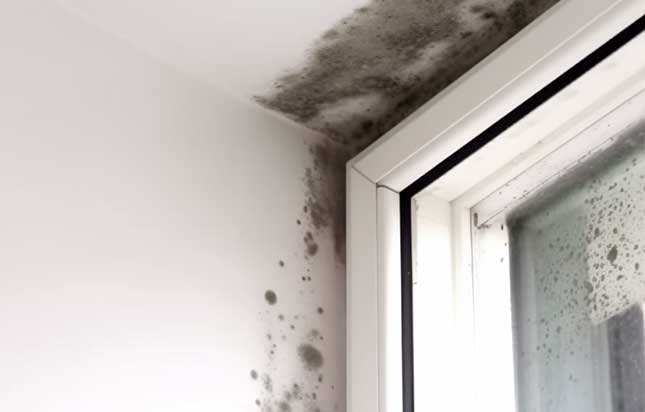
A pervasive household fungus, moulds encompass species such as Aspergillus, Cladosporium, and Stachybotrys chartarum, commonly known as black mould.
These moulds thrive in damp, humid environments and can appear in various colours, posing potential health risks.
Mildew
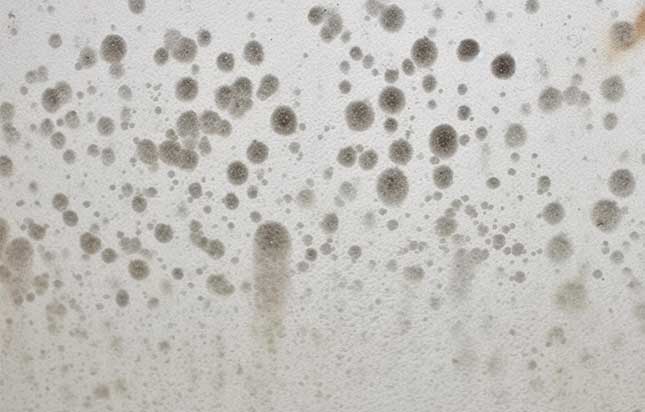
Often considered a subset of mould, mildew manifests as white or grey patches on surfaces. It flourishes in damp conditions and is commonly found in areas with poor ventilation.
While generally less harmful than some moulds, mildew can still pose risks, particularly for those with respiratory sensitivities.
Yeast

While predominantly associated with baking and fermentation, yeast can also thrive in moist environments within homes.
In such conditions, yeast can contribute to infections in humans, necessitating attention, particularly in areas prone to moisture accumulation.
Mushrooms
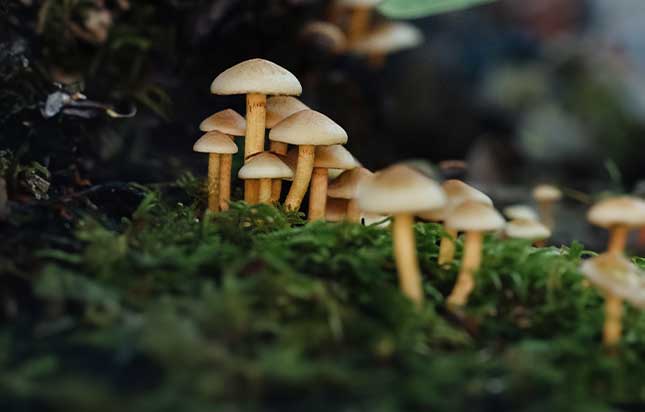
Certain mushroom varieties can grow indoors, especially in damp or poorly ventilated spaces.
While less common than moulds and mildew, indoor mushrooms can indicate a significant moisture issue and potentially pose health risks.
Identifying and addressing the root cause of mushroom growth is essential for effective remediation.
Conclusion
Discovering fungus growing in a house may be scary, but understanding its nature, causes, and preventive measures empowers you to maintain a healthy living environment.
By addressing the root causes of fungal growth, effectively removing existing colonies, and adopting preventive strategies, you can create a home that is less welcoming to fungi. Regular inspections, prompt action, and a commitment to cleanliness will help keep your living space fungus-free and conducive to the well-being of its occupants.


Comments are closed.